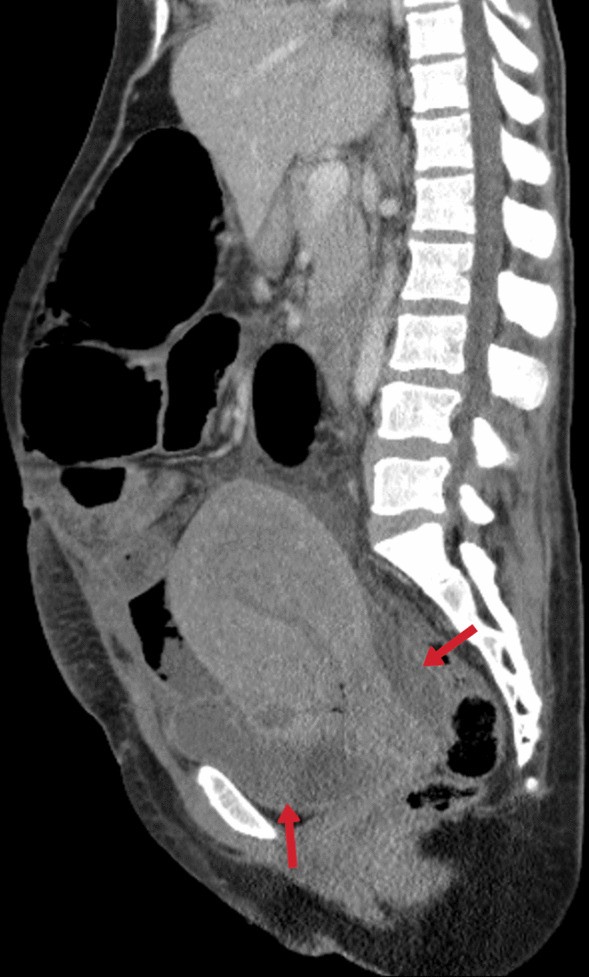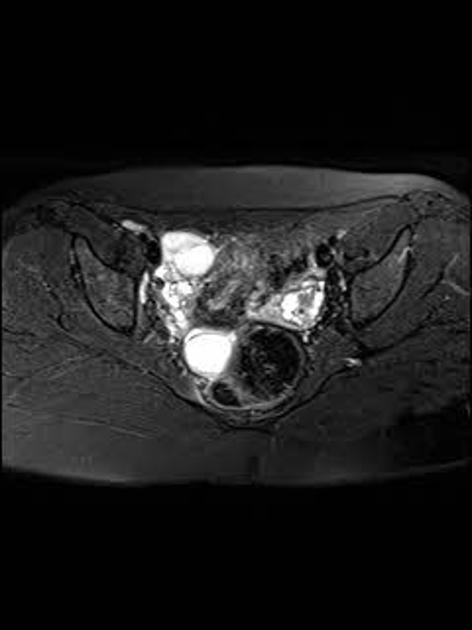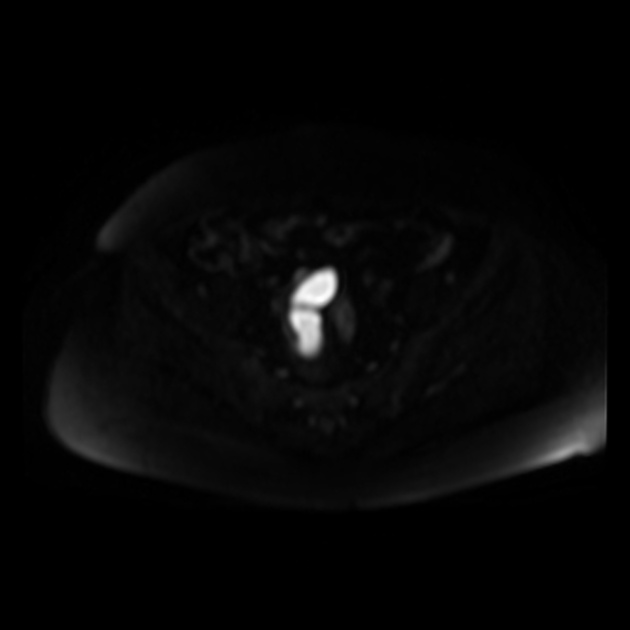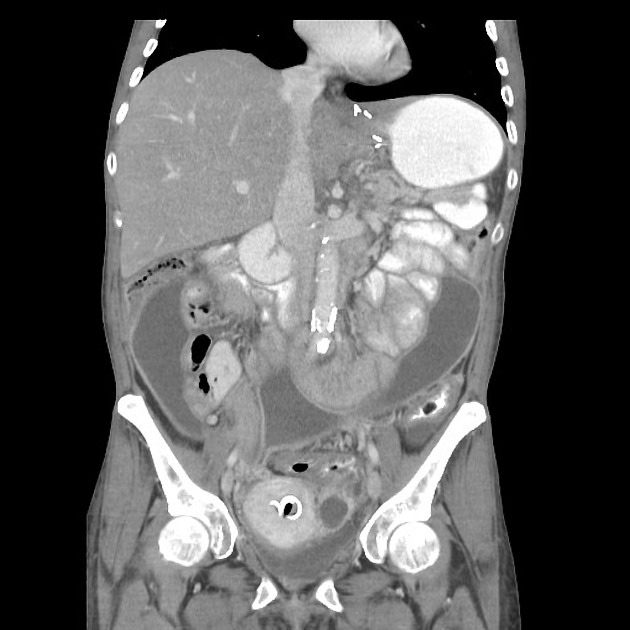pelvic inflammatory disease






Pelvic inflammatory disease (PID) is a broad term that encompasses a spectrum of infection and inflammation of the upper female genital tract, resulting in a range of abnormalities.
Epidemiology
The highest incidence is seen among sexually-active women in their teens, with 75% of cases being under 25 years of age. In the United States, approximately 1 million females are thought to be afflicted with pelvic inflammatory disease per year, and nearly 275,000 of them are believed to be hospitalized.
Clinical presentation
More common presentations include acute pelvic pain (of variable intensity), cervical motion tenderness, vaginal discharge, fever, dyspareunia, and leukocytosis. Right upper quadrant pain from perihepatitis in Fitz-Hugh-Curtis syndrome is possible.
Pathology
Pelvic inflammatory disease is defined as an acute clinical syndrome associated with ascending spread of micro-organisms, unrelated to pregnancy or surgery. The infection generally ascends from the vagina or cervix (cervicitis) to the endometrium (endometritis), then to the fallopian tubes (salpingitis, hydrosalpinx, pyosalpinx), and then to and/or contiguous structures (oophoritis, tubo-ovarian abscess, peritonitis).
It can result from a number of causative organisms:
- common
- Chlamydia trachomatis: pelvic chlamydial infection
- Neisseria gonorrhoeae: pelvic gonococcal infection
- polymicrobial infection: can account for ~35% of cases
- less common
- Mycobacterium tuberculosis: pelvic tuberculous infection
- Actinomyces spp.: pelvic actinomyces infection
Pelvic inflammatory disease is usually bilateral, except when it is caused by the direct extension of an adjacent inflammatory process such as appendiceal, diverticular, or post-surgical abscesses.
Radiographic features
Imaging features are often non-specific but are disproportionate to what may be apparent from symptoms. If imaged early (e.g. during the cervicitis stage), there may be no finding. If imaged very late, there may be an adnexal mass-like region with surrounding inflammatory change, and the fallopian tube and ovary may not be able to be distinguished.
Other associated findings include:
- soft-tissue stranding and infiltration of pelvic floor fascial planes
- thickening of uterosacral ligaments
Ultrasound
Ultrasound often only demonstrates ascitic fluid in the peritoneal cavity or non-specific thickening and increased vascularity of the endometrium .
In the most severe cases, ultrasound may show adnexal masses with a heterogeneous echo-pattern.
Some sonographic signs associated with tubal inflammation include:
- thickened/dilated fallopian tubes
- incomplete septa in the tube
- increased vascularity around the tube on color Doppler
- the fat around the tube may be echogenic and there may be a small amount of reactive free fluid in the pelvis
- echogenic fluid in the tube (pyosalpinx)
- results from adhesions causing tubal obstruction
- cogwheel sign
- beads on a string sign
CT
- tubular adnexal "mass"
- fallopian tube thickening of >5 mm with enhancing wall: has high specificity of 95%
- indistinct uterine border
- thickening of the uterosacral ligaments
- complex free fluid in the pouch of Douglas (cul-de-sac)
- pelvic fat stranding or haziness
- reactive lymphadenopathy
- lymph nodes in the para-aortic and paracaval regions often become prominent due to infection draining into lymphatics along the course of the gonadal veins
MRI
May show an ill-defined adnexal mass containing fluid with various signal intensities:
- T1: if there is proteinaceous debris in a dilated tube, then it may have increased T1 signal
- T1+C (Gd): wall and surrounding tissues may enhance
Treatment and prognosis
In the absence of complications, pelvic inflammatory disease is often treated conservatively with education, antibiotics, and partner tracing.
Complications
- tubo-ovarian abscess
- pyosalpinx
- infertility due to tubal adhesions
- peritonitis
- ovarian vein thrombosis
- peritoneal adhesion formation causing bowel obstruction
- Fitz-Hugh-Curtis syndrome
Differential diagnosis
- fallopian tube carcinoma
- rare
- consider in a patient without risk factors for PID and/or a patient in whom a course of antibiotics did not resolve the PID
Siehe auch:
- Tuboovarialabszess
- Pyosalpinx
- Endometritis
- Adnexitis
- pelvine Aktinomykose
- Zervizitis
- Fitz-Hugh-Curtis-Syndrom
- pelvic tuberculous infection
- adhesion formation
und weiter:
- Ovarialtorsion
- Intrauterinpessar
- pyometrium
- ovaries
- intra-uterine air
- pelvic abscess
- primary fallopian tube carcinoma
- ovarian ectopic pregnancy
- Appendizitis
- CA 125 elevation
- haematosalpinx
- Tubentorsion
- Tubenkarzinom
- Tubenruptur
- intra-uterine contraceptive device
- gynäkologisch radiologisches Curriculum
- pelvine Tuberkulose
- pelvic masses in female
- tuberculosis of the Fallopian tube
- acute pyogenic pelvic inflammatory disease as a late sequelae of perforated appendicitis
- Ovar
- obstructed fallopian tube post PID

 Assoziationen und Differentialdiagnosen zu Unterleibsentzündung:
Assoziationen und Differentialdiagnosen zu Unterleibsentzündung:



